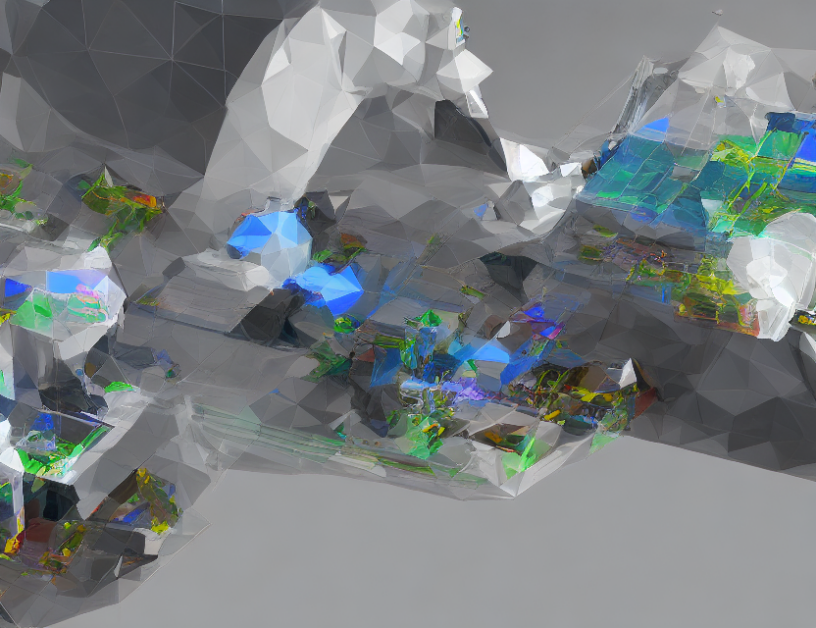Reflections are a fundamental aspect of our visual experience, but understanding them can be challenging. In this article, we’ll explore what reflection components are, why they matter, and how to separate them using simple techniques.
What are Reflection Components?
Reflection components refer to the different parts that make up an object’s appearance when viewed in light. These components include direct lighting, indirect lighting, and ambient lighting. Direct lighting occurs when light hits the object directly, while indirect lighting happens when light bounces off other objects before reaching the observed area. Ambient lighting is the overall brightness of a scene, created by various sources such as shadows, reflections, or other light sources.
Why Separate Reflection Components?
Separating reflection components is essential for accurately rendering an object’s appearance in various conditions. By isolating each component, we can better understand how light interacts with the environment and create more realistic images. For instance, if you want to simulate the effect of shadows on a scene, separating direct and indirect lighting allows you to achieve a higher level of accuracy.
How to Separate Reflection Components?
Several techniques can help separate reflection components, including:
- Dark Channel Prior: This method uses the dark channel (the minimum intensity image) of an image to separate direct and indirect lighting components. By subtracting the dark channel from the original image, we can isolate the indirect lighting component.
- Primal-Dual Coding: This technique uses a combination of primal and dual coding to separate reflection components. Primal coding involves assigning a unique color value to each pixel in an image, while dual coding assigns a second set of values based on the brightness and texture of the object. By combining these two codes, we can isolate the direct lighting component.
- Structured Light Transport: This method uses structured light to measure the indirect lighting component. The structured light pattern is projected onto an object, and the resulting image is analyzed to extract the indirect lighting component.
- Polarization Analysis: This technique involves analyzing the polarization state of light to separate direct and indirect lighting components. Direct lighting is typically polarized in a specific direction, while indirect lighting has a more random polarization pattern. By measuring the polarization state of an image, we can isolate each component.
Conclusion
Separating reflection components may seem like a daunting task, but with the right techniques, it becomes much simpler. By understanding these methods, you’ll be better equipped to create more realistic images and simulations that accurately capture the complexity of light interaction in our environment.



